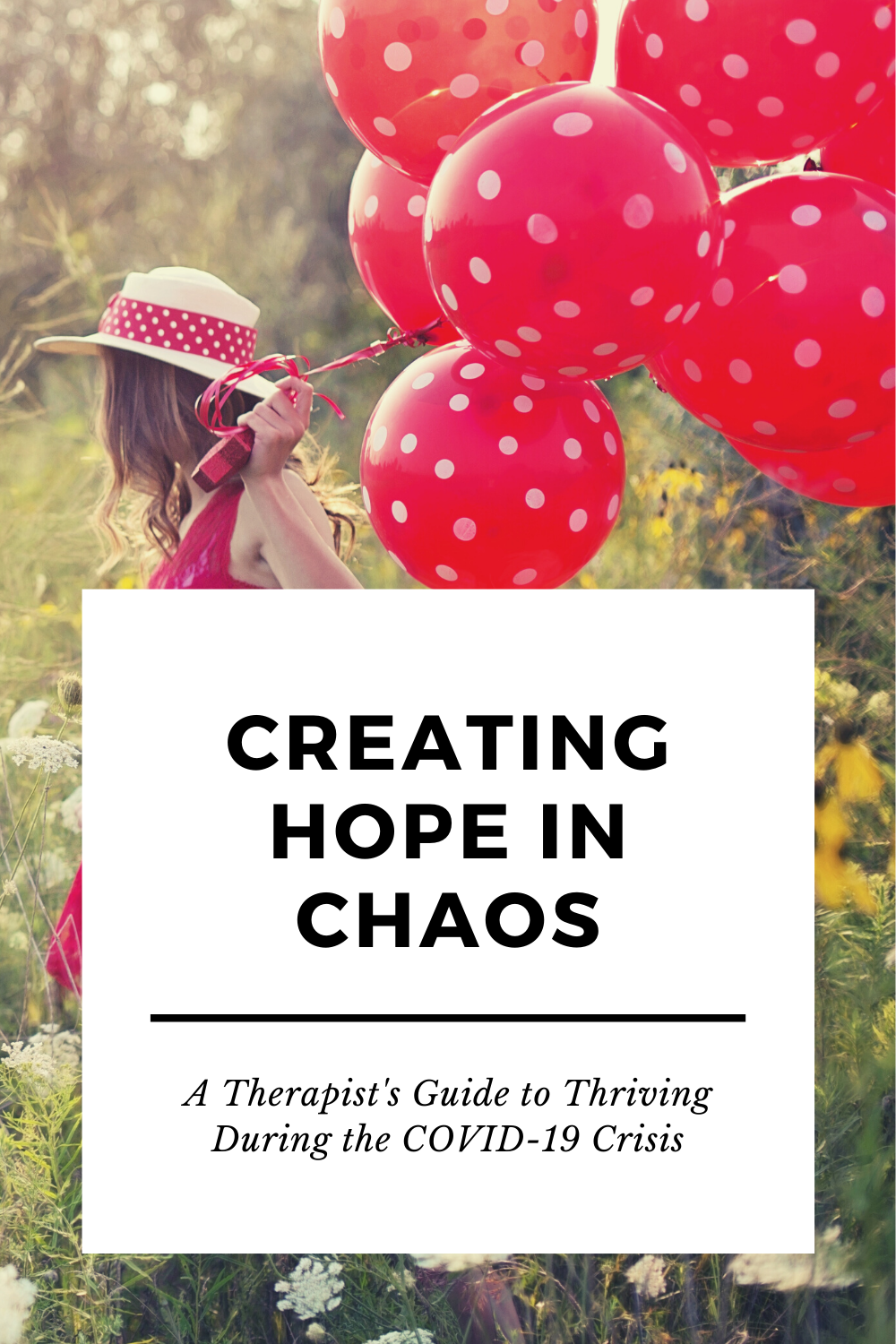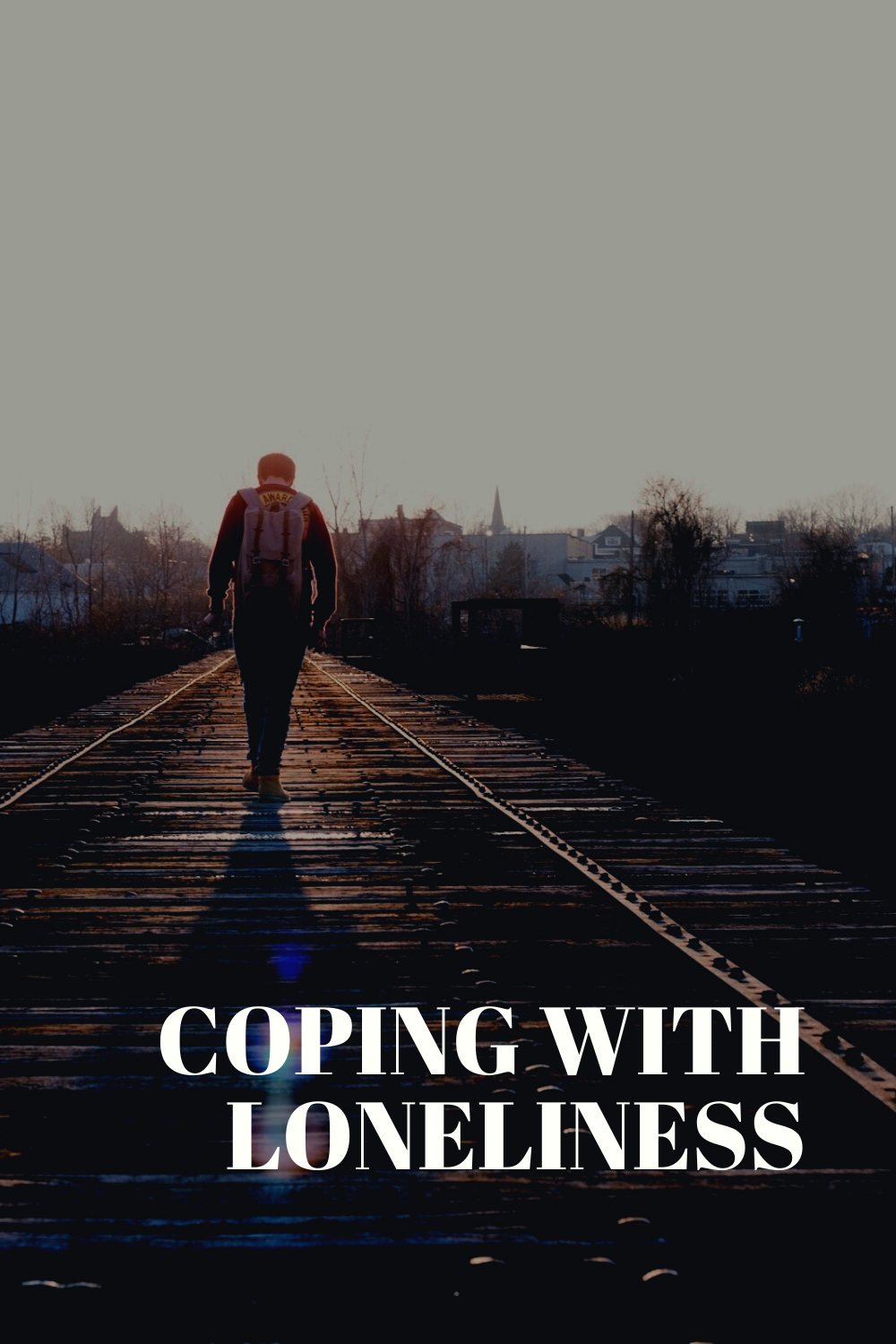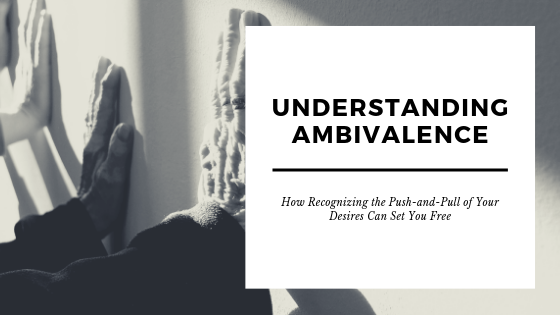If you’re reading this article in real-time, we’re all learning how to manage emotions through a major, unprecedented, global crisis in COVID-19. We’re all being affected in some way, even though those specific patterns look different from person to person.
Yet many of us will, at some point in our lives, walk through our own personal crises or traumas. The loss of a job. The betrayal of a spouse or partner. The death of a loved one.
Elizabeth Gilbert, author and creative thinker, recently was featured on an episode of TED Connects processing responses to the COVID-19 crisis. In her talk, she shares reflections on emotional impact of this crisis and ways to shift thinking and behavior in order to offer more compassion and grace for ourselves. While the principles in this video fit the crisis we’re facing collectively right now, they also shed have universal principles for personal crises you may face.
Here are a few of the key takeaways I gathered from listening to this talk.
Anxiety
Gilbert encourages us to give ourselves mercy and compassion for any emotions we experience through this crisis. When we realize that our experience is normal and that everyone is going through or would go through some version of this same response, it helps take some of the pressure off to have it all together. When you’re in a personal crisis, finding a grief or support group or talking with someone who’s been through this crisis before can be a great help, as it hits home that you aren’t alone and others understand what you’re going through.
Recognizing your resilience is another component she shares that will help you have confidence to make it through your crisis. Reflect on past experiences that have been challenging or painful. Remind yourself of how you made it through and what allowed you to do so. Review this list when you find yourself struggling to maintain compassion or courage despite the crisis.
Practicing presence and gratitude are also important. Instead of numbing out or trying to escape, pay attention to the emotions you’re experiencing in the present, even if they’re uncomfortable. Notice the things that you have in your life that you are grateful for. Make lists and speak these words of appreciation out loud.
She also highlights the myth of control: anxiety comes out of believing that we’re in control of our lives, when in reality we have little to no control over our circumstances. We are only in control of our own actions, beliefs, thoughts, and choices. When you surrender control, you’re allowing yourself to be released from the burden of anxiety and the myth that you can be in control of your circumstance.
“Surrender means letting go of something you never even had.”
Loneliness
Living through a crisis can be an inherently isolating experience, and you likely have to cope with loneliness in a new way. Notice your tendencies toward escaping or avoiding and how the crisis may have removed some of those coping mechanisms. Recognize the ways your behaviors function as a way for you to withdraw from painful emotions. Consider exploring negative emotions that arise, journaling through them, asking yourself what you fear and what you run from.
Use this crisis as a way to get to know your mind and practice shifting your thinking. You might notice more self-doubt, criticism, judgment, or fear. Take inventory of your self-defeating thoughts so you can recognize them when they arise and begin to fact-check them with reality. Just like focusing more on gratitude, this mindset shift requires intentional action. You can literally change structures in your brain as you begin to make these shifts.
“The hardest person in the entire world to be with is yourself.”
Productivity and Creating
While discussing creativity during a crisis, Gilbert references the fact that she prefers following “curiosity” rather than purpose and passion. What might change in your life if you focused more on following your curiosity? Rather than focusing on what you “should” be doing, consider what you’re curious about and move toward that.
Recognize that anxiety and fear stifle your ability to be productive or creative as well. The content you consume impacts your mind and your capacity to focus. Instead of trying to shame or beat yourself up into being more productive, release those “shoulds” and give yourself more freedom.
She also suggests reframing the crisis as a retreat, or a stimulus for learning. She suggests doing what you used to do as a child, returning to play, as a way of coping with the difficult emotions that arise and awakening greater creativity within yourself.
A Note on Spirituality
Much of what Elizabeth shares in this TED talk is interwoven with her spiritual understanding. While I disagree with the foundations of her spirituality, I think she offers concepts that can be adapted to a Christian worldview and can lead you to take a more grace-filled approach toward yourself in a season of crisis. If you also share Christian beliefs, I encourage you to consider how some of the following ideas may help you.
Write a letter to yourself from God.
Near the end of the video, Elizabeth shares a practice that she engages in daily where she writes a letter to herself from “love.” As I listened to her read her example letter aloud, I realized that the words “love” was saying to her were strikingly similar to how God speaks and comforts His people – phrases such as, “I’m with you.” “I’ve got this.” “You are my beloved.” The connection between these words of love and God comes through the understanding that God is love (1 John 4:16) and that His perfect love drives out fear (1 John 4:18).
How might you write a letter to yourself from the point of view of God, who loves you unconditionally (Romans 8:35-39) and has promised to be with you forever (Matthew 28:20)? What would God say to you in your current circumstance, in your pain, in your struggle? If you struggle to hear God’s voice as a voice of love, start out by reading 1 Corinthians 13:4-8 and replace the word “love” with “God.” If God is all of the things listed in that passage, how might he speak to you?
Surrender control through prayer.
As mentioned earlier, releasing anxiety involves recognizing that you never had control in the first place. We are not in control, but God is (Colossians 1:16-17). When you recognize your powerlessness over your circumstance, you can use prayer as a way to remind yourself of this fact. Refocusing on prayer helps us to come back to God and surrender to Him what we cannot control.
I reference the Serenity prayer often because I think its simple structure provides a framework for releasing control and seeking wisdom. It goes like this: God, grant me the serenity to accept the things I cannot change, the courage to change the things I can, and the wisdom to know the difference.
Listen to the Holy Spirit.
In the talk, Elizabeth shares a story about a woman who became dangerously lost on a hike. She offered up a prayer of surrender when she realized she was in trouble and felt led by her intuition to act in a way that would preserve her safety. This reminded me of the importance of asking for wisdom and guidance from God (James 1:5) and being open to the Holy Spirit’s direction and leading (John 16). Of course, it is important to compare where we feel led by the Spirit to Scriptural truth to determine its validity, but it was a helpful reminder to listen to where God is leading rather than trying to figure it all out on our own.






















